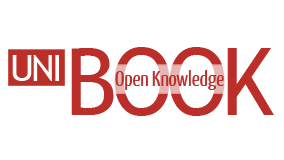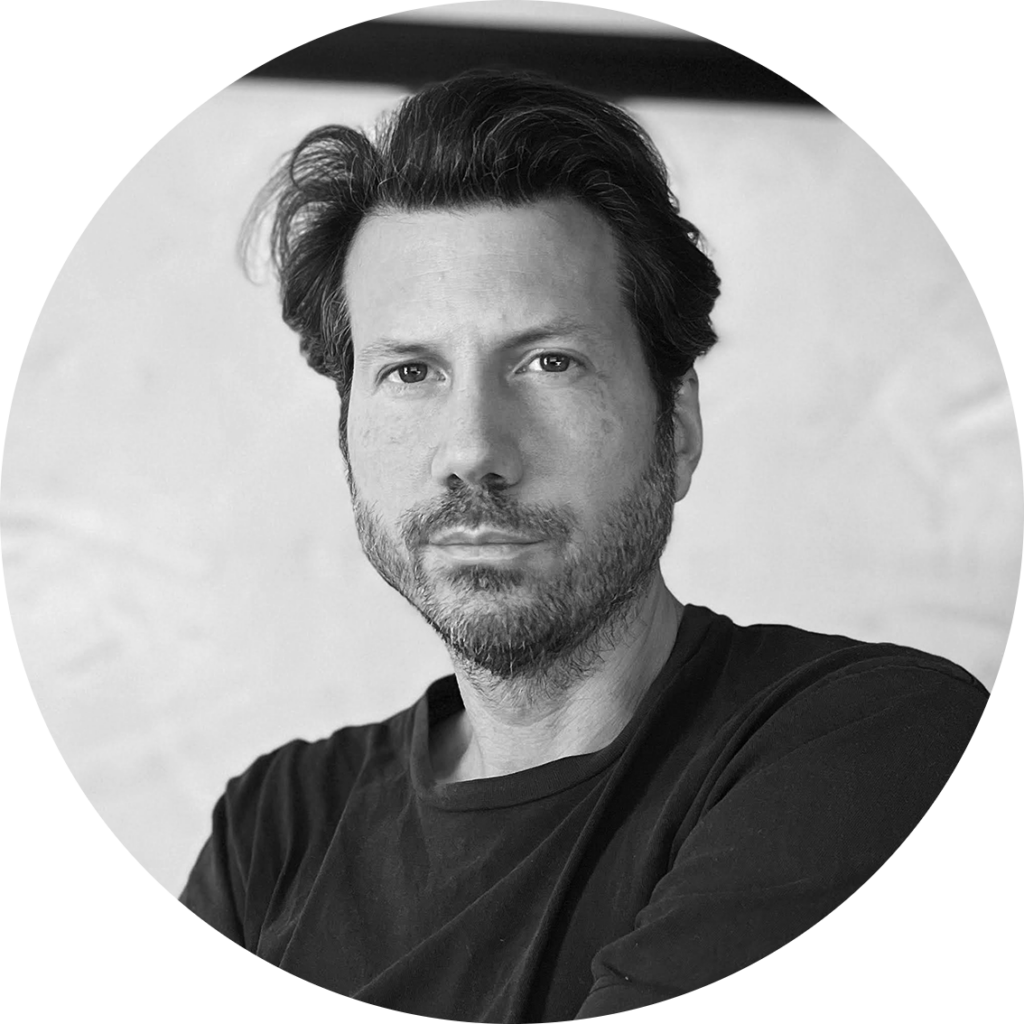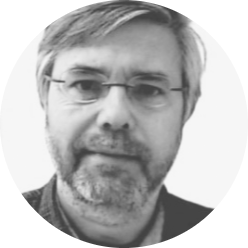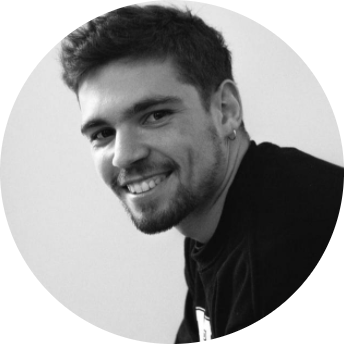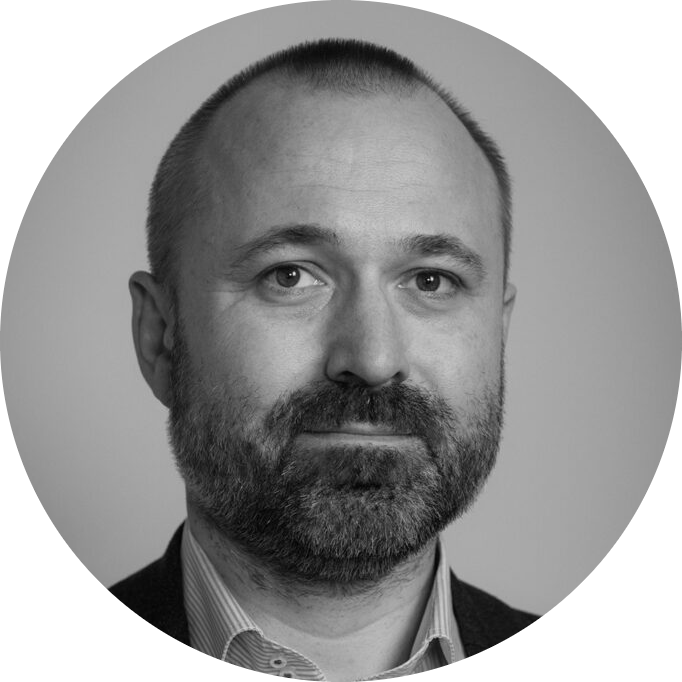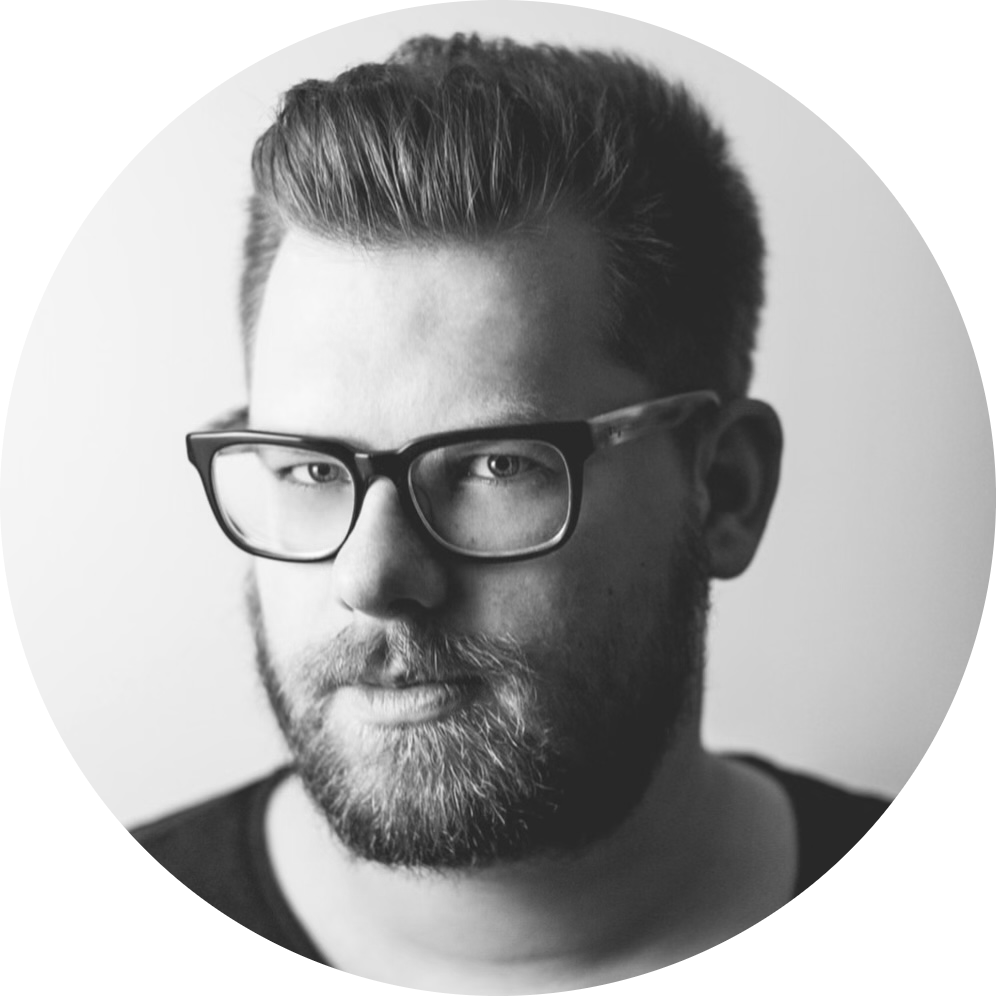About This Course
Today, the use of 3D models to reconstruct the architecture of the past has become an important means of study and communication. The main objective of this course is to provide a transparent and shared methodology for creating and validating these 3D models. Often, scholars share architectural, archaeological, and historical studies through papers or books that only contain descriptions and figures of these 3D models; in some cases, animated videos can also be watched. However, the 3D model is almost never shared as an object of scientific study.
The course takes an interdisciplinary approach, engaging scholars from various disciplines: architects, engineers, architectural and art historians, restorers, archaeologists, and industry professionals.
The course is aimed at scholars and enthusiasts who wish to study certain aspects of the world of virtual reconstructions of buildings that have been lost or were never built. Topics addressed include the concept of models in general and digital 3D models; definitions of digital representation methods and 3D modelling techniques; the concept of transparent documentation and communication of data and results; the use of an online platform as a shared archive of 3D models, etc.
The course was conceived and implemented within the CoVHer project (2021-1-IT02-KA220-HED-000031190) coordinated by the University of Bologna, with the main partners being four other European universities and two private companies: Hochschule Mainz University of Applied Sciences (DE), Universitat Autònoma de Barcelona (ES), Politechnika Warszawska (PL), Faculdade de Arquitectura Universidade do Porto (PT), Interessengemeinschaft für Semantische Datenverarbeitung E.V. (DE), La Tempesta: City, Culture & Technology (ES).
The course is structured over four weeks. Each week is organised into several lessons covering different topics. Each lesson includes a brief video lecture, a series of units that synthetically illustrate the most important concepts, and a list of bibliographic references for further study.
Requirements
No prerequisite knowledge is required.
Quizzes and scores
The course includes quizzes that will be evaluated and each correct answer is counted as 1 point.
The course is considered successfully completed if the participant answers correctly at least 60% of the questions in total.
After successfully completing the course you can download and print out the Certificate of Accomplishment.
Certificate of Accomplishment
The Certificate of Accomplishment will be released to anyone who successfully completed the course by answering correctly to at least 60% of the questions.
You will be able to download the Certificate of Accomplishment directly on "Progress" tab inside the course.
The Certificate of Accomplishment does not confer any academic credit, grade or degree.
Subtitles
For better understanding, subtitles are available for each video and can be activated or not. If you want to revise some crucial passages you can move through the video content and click on the attached text.
FAQ
For further information, see FAQ page.
University of Bologna
Fabrizio Ivan Apollonio
Full professor at the University of Bologna, Department of Architecture, in architectural drawing, representation and surveying. Scientific in charge of “LaRAC” and "LaMoViDA", Faculty of Architecture. He published about urban surveying for architectural heritage and architectural drawing. Author of "Architettura in 3D. Modelli digitali per i sistemi cognitivi" (2012), editor of “I colori di Cesena. La scena urbana della città” (2008). Has been promoter and member of Scientific board for the nomination of Mantua and Sabbioneta for the UNESCO-WHL (2008)
Igor Bajena
Research fellow at the University of Applied Sciences Mainz and tutor at the University of Bologna. In 2021, he started work on his PhD dissertation on documentation and publication of digital 3D reconstruction as a research environment. His research focuses on lost heritage of synagogues, visualisation and dissemination of 3D cultural heritage and methods for documentation of digital reconstructions with particular emphasis on the ontological approach and CIDOC CRM.
Federico Fallavollita
Associate professor at the Department of Architecture of University of Bologna, Architect, PhD in Sciences of Representation and Survey at the Department: History, Design and Restoration of Architecture at Sapienza University of Rome with a thesis entitled: The ruled surfaces and developable surfaces, a reading through the virtual lab. Interested in the renewal of descriptive geometry through informatics tools. His recent research focused on the hypothetical virtual reconstruction, he is the principal coordinator of the CoVHer Project (https://covher.eu/).
Riccardo Foschi
Research fellow, tutor, and adjunct professor at the University of Bologna. Ph.D. in 2019 in architectural representation with a thesis on the parametric modelling of origami applied to architecture. His research focuses on digital representation for Archviz, VR, Nurbs and Mesh modelling for architecture and product design, architectural survey, computational parametric and algorithmic modelling, folded surfaces modelling, applied origami, and digital reconstruction of unbuilt or lost cultural heritage.
Universitat Autònoma de Barcelona
Juan A. Barceló
Professor in statistics in archaeology at the Department of Prehistory at the Universitat Autònoma Barcelona (Dept. of Prehistory). Developer of computer applications for Spatial Analysis, Multidimensional Statistics, Artificial Intelligence and Computer Aided Visualization. Participated in excavations in Spain, Portugal, Italy, Syria, Nicaragua and Argentina. Awarded in 2012 by Spanish Society of Virtual Archaeology with the Tartessos Prize in Virtual Archaeology. In 2016 he was elected by merit competition as a full member of the European Academy of Sciences.
Evdoxia Tzerpou
Evdoxia Tzerpou is a PhD candidate at the Dept. of Prehistory at the Autonomous University of Barcelona, Spain. She has a bachelor’s degree in Archaeology and History of Art (Aristotle University of Thessaloniki, Greece), and two master’s degrees, one in Prehistoric Archaeology and one in Digital Humanities and Heritage, both from the Autonomous University of Barcelona. She has participated in excavations and research projects in Greece, Spain and Cyprus. Her research questions move around the Neolithic period, the virtual reconstruction and dissemination of the past and the human-computer interaction technologies.
Jan Salazar
Jan Salazar is a digital historian and humanist, specializing in digitization and 3D modelling of historical and cultural heritage. As a professional, he has participated in several projects, including the digitization of the church of Sant Martí d'Empúries of the 10th century and part of the collection of the headquarters of Empúries of the Aqueological Museum of Catalonia. In addition, he was in charge of developing a digital strategy to digitize various parts of the collection of the Museum of History of Catalonia to adapt it to people with functional diversity. Currently, he has developed a digitization plan for the Basilica of Santa Maria del Pi, making several digital twins of the cultural heritage of the temple and working on the 3D modeling of the building.
Hochschule Mainz University of Applied Sciences
Piotr Kuroczynski
Ph.D., Researcher, and teacher at Technische Universität Darmstadt's. Lecturer at Warsaw University of Technology and Technische. Scientific staff and project coordinator at the Herder Institute for Historical Research on East Central Europe. Co-founder of the Digital 3D-Reconstruction Working Group in the Digital Humanities in German-speaking Region Association. Professor for Computer Science and Visualization in Architecture at Hochschule Mainz. Head of the Institute of Architecture. Interests include Virtual Research Environments, semantic data modeling, and BIM, digital 3D reconstruction, documentation, and visualization of cultural heritage.
Jan Lutteroth
Jan Lutteroth is an architectural historian specializing in the field of 3D reconstruction of cultural heritage. Since 2012, he has been researching and later teaching at the Institute of Art History at the University in Munich (LMU). Between 2020 and 2022 he was a scientific researcher at the Corpus of Baroque Ceiling Paintings where he handed in his Dissertation on the Munich Residence. In 2022 he became Tandem Professor for Computer Science and Visualization in Architecture at the Hochschule Mainz - University of Applied Sciences in association with the Herder Institute for Historical Research on East Central Europe.
Politechnika Warszawska
Jakub Franczuk
Architect, Ph.D. candidate, research fellow, and tutor at the Faculty of Architecture, Warsaw University of Technology. He is interested in historical building information modeling, digital reconstruction, extended reality, and visualization. His research focuses on the use of integrated digital environments for mapping and sharing knowledge of architectural heritage. He has extensive experience in BIM modeling and management, architectural surveying, reality-based modeling, algorithmic design, parametric objects and libraries, and design process automatization.
Karol Argasinski
Karol Argasiński holds a Master’s Degree in Architecture from the Warsaw University of Technology (WUT), pursuing a PhD there, focusing on virtual modeling standards for architectural heritage. He founded BIMfaktoria, specializing in architectural analyses and laser scanning of monumental structures. Academic Lecturer at ZIGURAT Global Institute of Technology, Co-Editor of the BIM Dictionary for the BIMe Initiative, GRAPHISOFT Certified BIM Manager, Certified ArchiCAD Professional and a member of the buildingSMART Polish Chapter.
Krzysztof Koszewski
Architect, Ph.D. in architecture and urban planning, Chair of Architectural Design, Warsaw University of Technology. Researcher in the field of architectural heritage, and communication in architecture, methodology of design process, research by design problems and smart cities. Co-author and director of the English-language Master program Architecture for Society of Knowledge at the Faculty of Architecture, WUT. Author of the monograph Images of Architecture. Representations of architectural ideas in the context of contemporary visual culture. Member of several research teams in the area of new technologies in architectural heritage and smart cities.
Interessengemeinschaft für Semantische Datenverarbeitung
Mark Fichtner
Is co-chair of the IGSD e.V. He studied computer science at the university of Erlangen-Nürnberg and finished his Diploma in 2008. Directly afterwards he was working as a computer scientist in the research project "WissKI - Scientific communication Infrastructure" at the Zoologisches Forschungsmuseum Alexander Koenig, Bonn with the aim to develop a semantic web based, linked open data scientific research infrastructure (WissKI, https://wiss-ki.eu). Since 2019 he is head of the department for museums- and culture informatics at the Germanisches National Museum.

